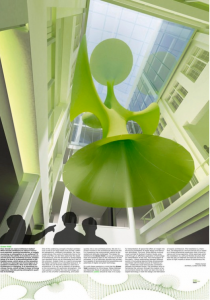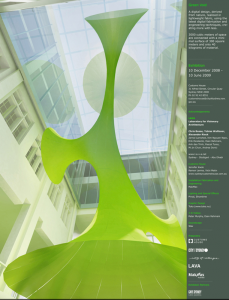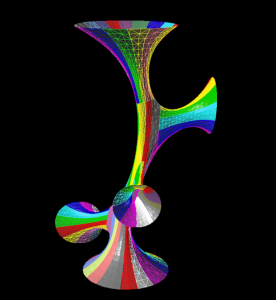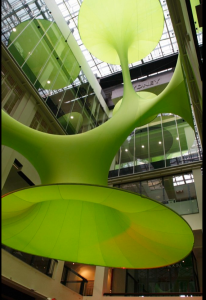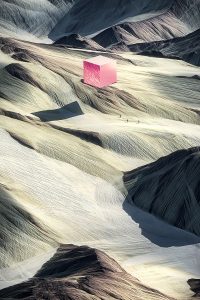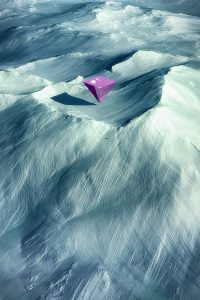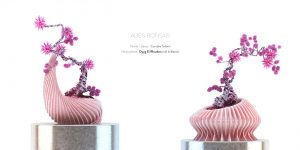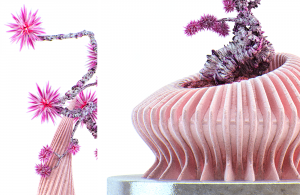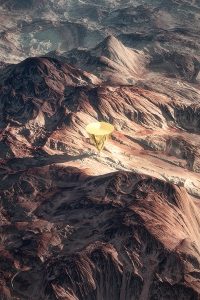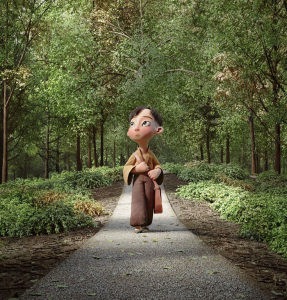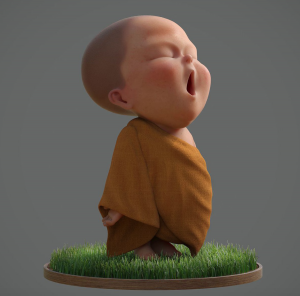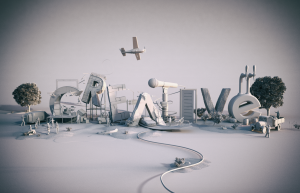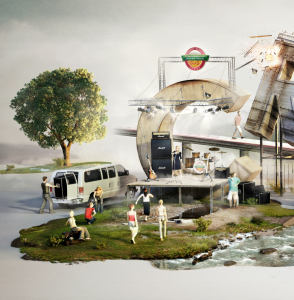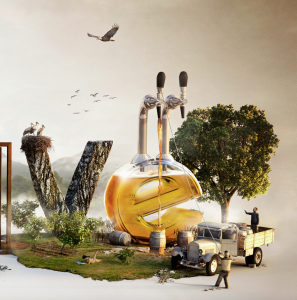
Boulon
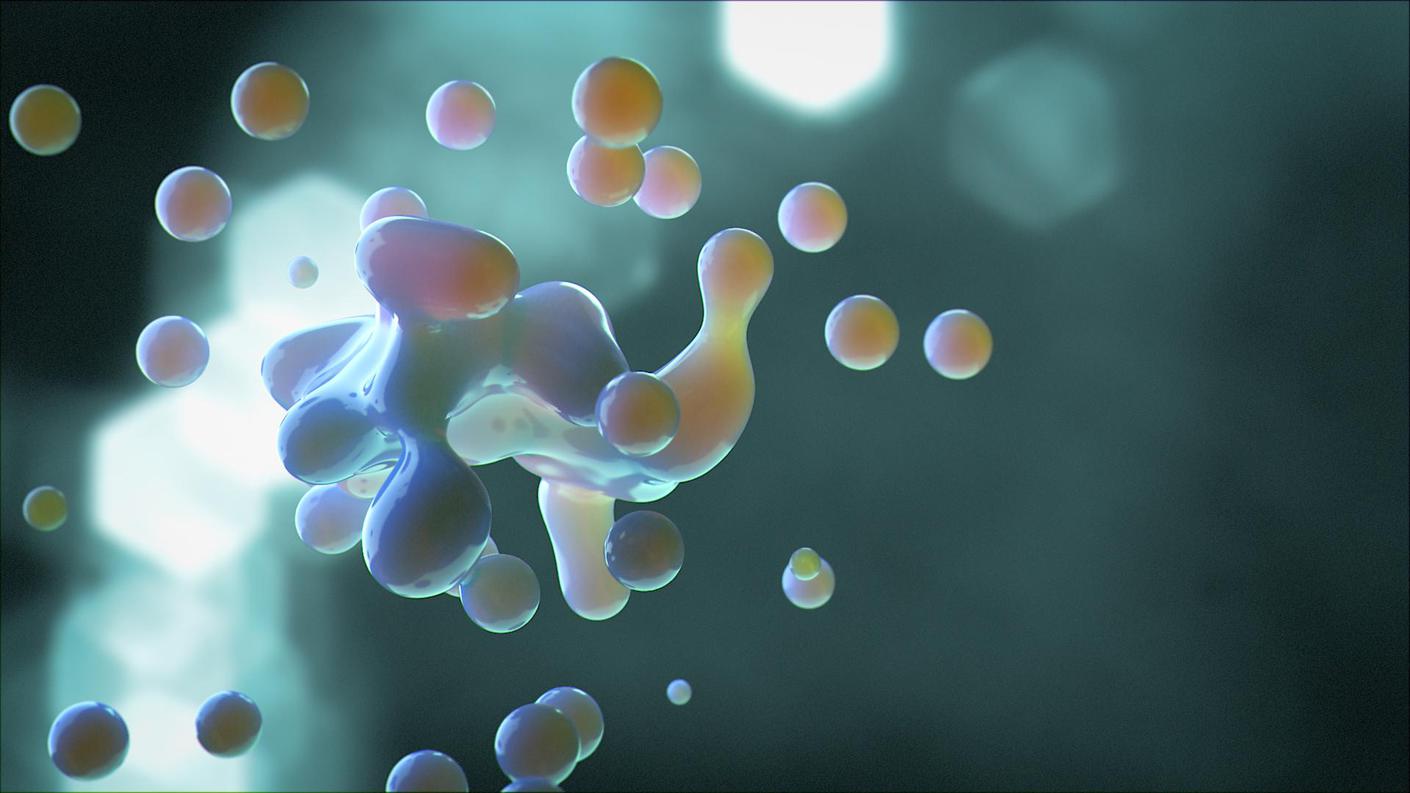
Metaballs
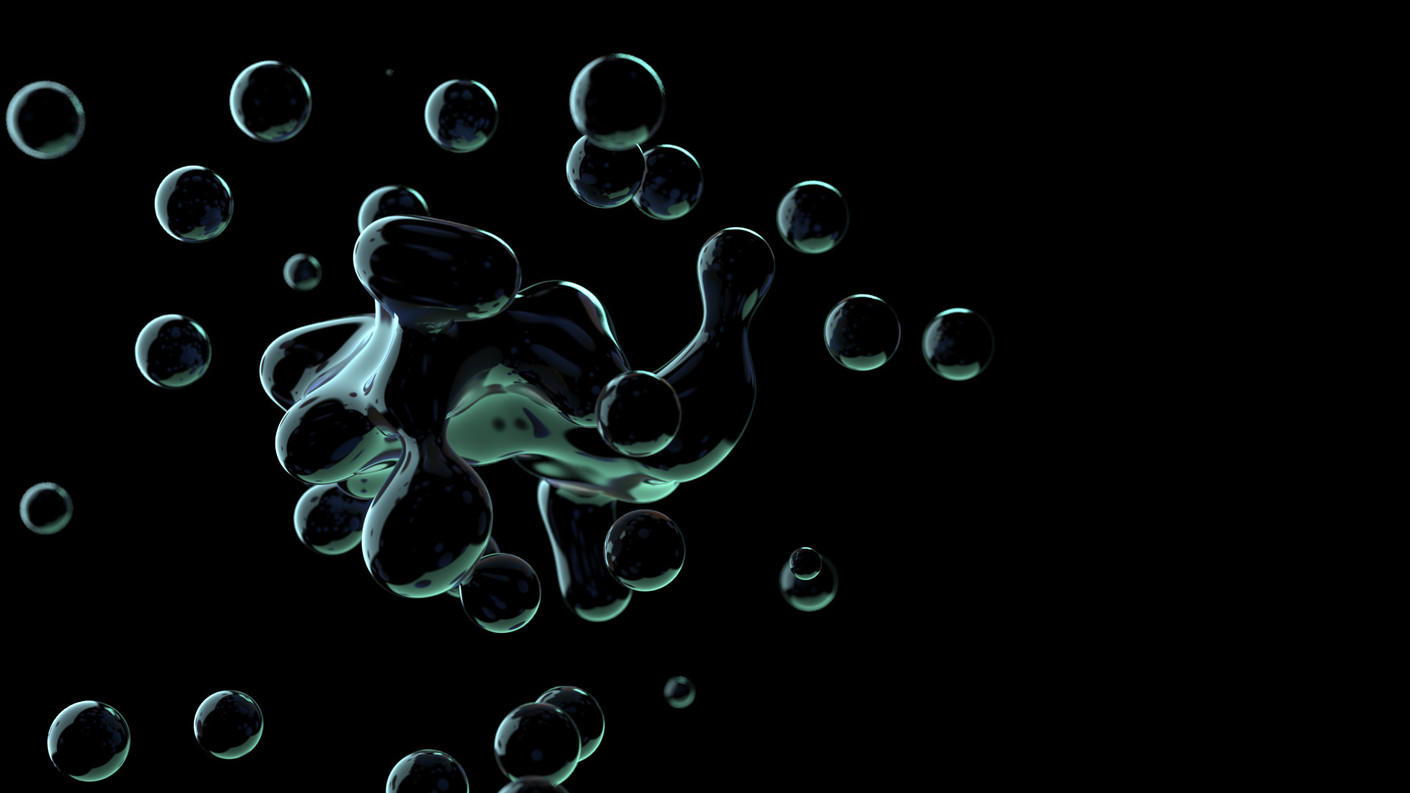
Metaballs
I picked two artwork to show how 3D rendering can be applied to both large scene and small scale. Boulon is done by Florent Duport and Metaballs is done by Elmar Glaubauf. I really like the depth of field of the scene in Boulon, and the poping signboard. The contrast is well controlled, just enough for the lanterns and signs to pop out.
The balls in Metaballs has a gradient color, and semi-opaque and glossy texture. It seems to be reflecting the background color, which is very delicate.
The algorithm used for rendering is vray. It is commonly used in architectural rendering, and now I learned it can be applied to wider fields. The users can adjust many settings in vray, such as amount of light, amount of reflection, etc.
![[OLD FALL 2017] 15-104 • Introduction to Computing for Creative Practice](../../wp-content/uploads/2020/08/stop-banner.png)

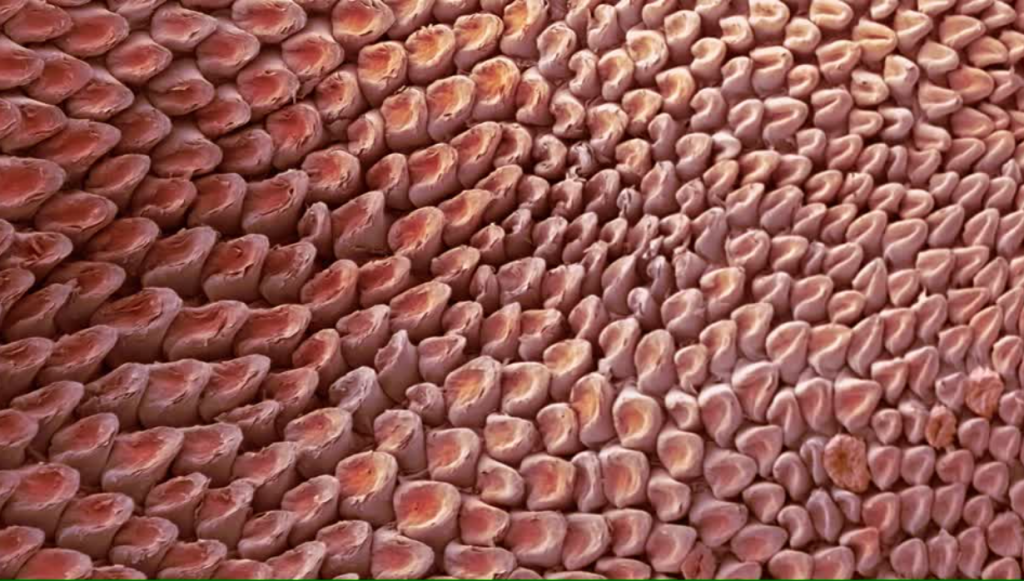

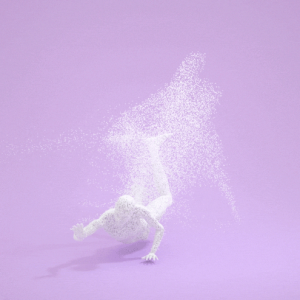
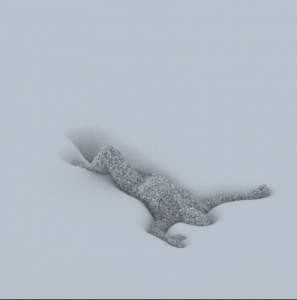

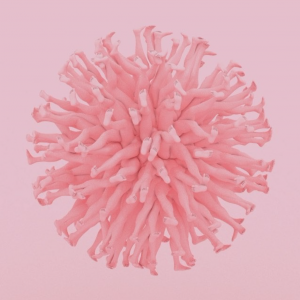

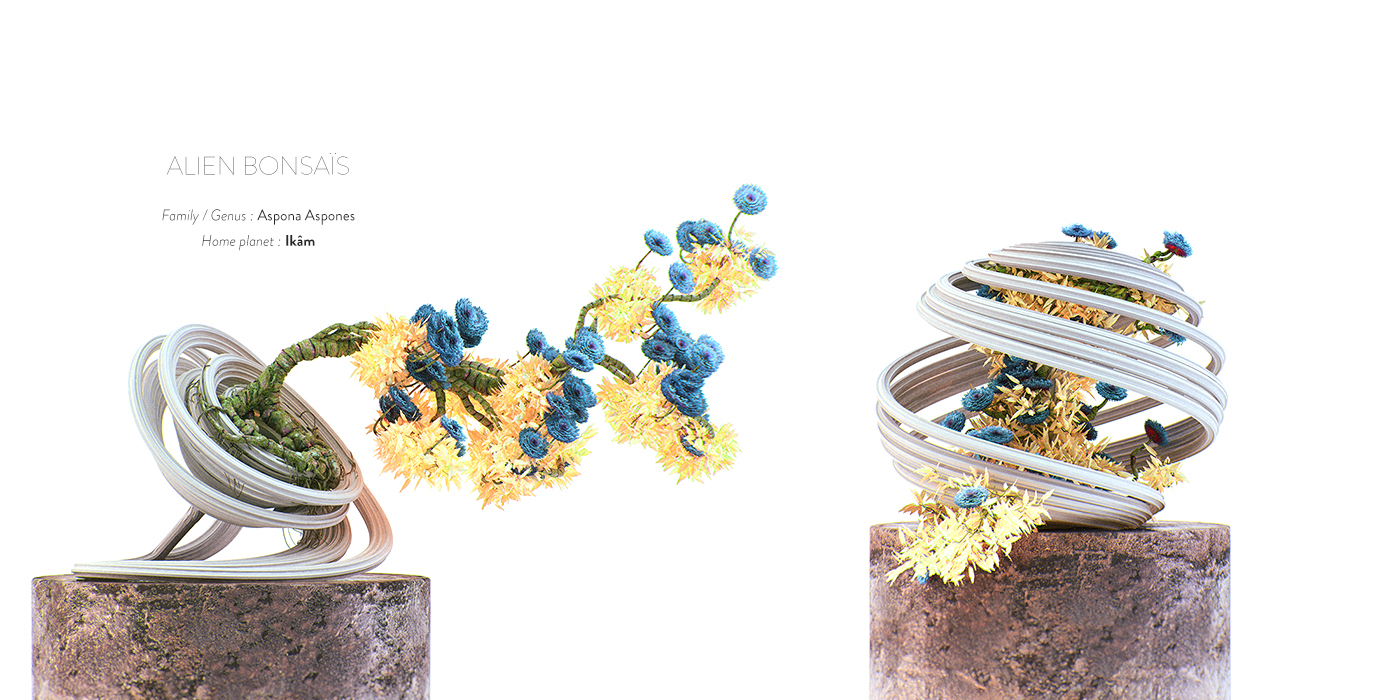
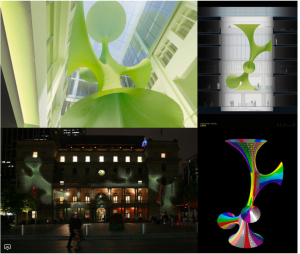 “Green Void” by Architect LAVA in Sydney,Austrailia
“Green Void” by Architect LAVA in Sydney,Austrailia